Affiliate Disclosure: AmmoCave.com sometimes gets paid for listings, through sponsors or affiliate programs like Lucky Gunner, Optics Planet, Brownells, Cabelas, Academy Sports & Outdoors, Rainier Arms, Palmetto State Armory, Sportsman’s Guide, Ammo.com, Ammo Man, Primary Arms, MidWayUsa, Amazon, eBay, etс. Clicking a link helps keep AmmoCave.com free, at no extra cost to you!
Authors: Each article is verified by AmmoCave's expert team. Professional hunters, firearm trainers, gunsmiths, and gun experts write the articles. AmmoCave Team independently researches, tests, reviews, and uses recommendations from our community of gun owners. We may earn commissions from shopping links.
Note: The views and opinions expressed in this article are those of the authors and do not necessarily reflect any agency's official policy or position. The articles are for informational purposes only, share your opinions about Best 5.56 Brass For Reloading 2024 in the comments and join the discussions. Let's share 💬 our ammo & gun experiences together!
What is 5.56 Brass For Reloading? 🤔
It is a type of brass cartridge used in reloading rifle ammunition. It is most commonly used in 5.56 NATO and .223 Remington cartridges due to its strength and reliability.
Is 556 And 223 The Same? 🤨
No, 5.56 and .223 are not the same.
🧷 While both use a .224-diameter bullet, they differ in terms of pressure and brass composition.
🧷 5.56 rounds typically generate higher pressures than .223 rounds and are loaded into thicker brass casings that can withstand the increased pressure when fired.
🧷 5.56 is designed to be fired out of longer rifle barrels which release more energy than a shorter handgun or carbine barrels used for firing 223 calibre ammunition.
We believe this video can be helpful for you 📺
How To Choose 🧐
💡 Firstly, the brass should be free of flaws and imperfections.
- 🔎 Look for brass that is properly alloyed and annealed for reloading accuracy and consistency.
- 🔎 The brass should be sized correctly to ensure proper fit in your firearm chamber.
- 🔎 You’ll want to look for brass that has been properly de-burred to avoid any potential issues when loading into a magazine or chamber.
💡 Another is the headstamp.
- 🔎 This marking will indicate the brand of brass as well as the type of metal used in its construction so it’s important to know what you’re looking for before making a purchase.
- 🔎 Make sure that your chosen 5.56 brass is compatible with your firearm’s chamber size prior to purchasing; some cartridges may require special sizing or trim prior to use.
💡 Lastly, while it’s not essential, reloaders may find it beneficial to buy 5.56 Brass already prepped in order to save time during the process itself.
- 🔎 Prepped brass will often come already resized and de-burred which will reduce setup time immensely when loading up rounds for shooting or competition purposes.
Tools Required For Reloading 5.56 Brass 🛠
- 📎 Reloading press;
- 📎 Shell holder;
- 📎 Press the primer;
- 📎 Primer pocket cleaner;
- 📎 Resizing dies;
- 📎 Powder measurer;
- 📎 Powder funnel;
- 📎 Charging die;
- 📎 Callipers or micrometres;
- 📎 Trimming tool;
- 📎 Loading blocks or trays.
Please watch this video to learn more information 📺
Our Selection 10 Best 🚀 5.56 Brass For Reloading
1# Winchester USA VALOR 5.56x45mm NATO FMJBT Brass Centerfire Rifle Ammunition
The Winchester USA VALOR 5.56x45mm NATO FMJBT Brass Centerfire Rifle Ammunition is the perfect choice for recreational shooting. With a muzzle velocity of 3060 ft/s and muzzle energy of 1289 ft-lbs, this ammo is sure to provide you with the power and performance you need. The62 grain bullet weight is perfect for taking down targets, and the Full Metal Jacket Boat Tail design provides superior accuracy and reliability. The brass cartridge case material ensures that this ammo will withstand the elements, and the 125 rounds per box make it easy to stock up for your next trip to the range. Order your Winchester USA VALOR 5.56x45mm NATO FMJBT Brass Centerfire Rifle Ammunition today!
2# Federal Premium 5.56mm FMJBT Brass Centerfire Rifle Ammunition
Federal’s XM193X American Eagle 5.56x45mm NATO load features a 55gr full metal jacket boat tail bullet for consistent, accurate performance at an affordable price – faultless for high-volume shooting. The brass cases are reloadable, and the dependable primers ensure reliable ignition. This ammunition is ideal for target shooting.
3# Nosler .223 Remington E-Tip Brass Cased Centerfire Rifle Ammunition
Need a top-quality, reliable centerfire rifle ammunition that is also lead-free? Pay attention to Nosler .223 Remington E-Tip Brass Cased Centerfire Rifle Ammunition. This ammunition is loaded with Nosler E-Tip hunting bullets, which provide the exceptional stopping power and peerless penetration. The bullet’s boat-tail configuration combined with the streamlined polymer tip assures long-range performance, making it a favorite amongst those desiring lead-free hunting .223 / 5.56 NATO Ammo.
4# Nosler Varmageddon .223 Remington Brass Cased Centerfire Rifle Ammunition 65145
The Nosler Varmageddon .223 Remington brass-cased centerfire rifle ammunition is perfect for varmint hunters who need high-volume ammo. With a muzzle velocity of 3,100 feet per second, it packs a powerful punch of 906-foot pounds at 100 yards. The Nosler Varmageddon 55gr hollow point has a metallic black polymer tip to aid flight and expansion. The ultra-thin jacket mouth expands violently with the piston-like assistance of the tip. The jacket wall is engineered with gradual thickening to maintain the integrity of the projectile as it travels along the velocity scale. The flat base ensures bench-rest level accuracy in a varmint hunting round. Nosler’s strict quality control begins with their head-stamped reloadable Nosler 223 brass, verified for correct lengths, neck sizing, chamfering, and trying on every piece. You can count on this ammo to perform flawlessly in your rifle, time after time.
5# Federal Premium .223 Remington FMJBT Brass Centerfire Rifle Ammunition
If you’re looking for reliable and accurate .223 Remington ammo, you can’t go wrong with Federal Premium’s American Eagle line. This American Eagle .223 Rem FMJBT Brass Centerfire Rifle Ammunition is perfect for target practice or high-volume shooting, thanks to its consistent performance and affordable price point. The full metal jacket boat-tail bullet is designed for accuracy and reliability, while the reloadable brass cases and dependable primers make this ammo easy to use and reload. So whether you’re a serious shooter or just looking to plink around, this American Eagle .223 Rem ammo will get the job done.
6# Starline 5.56X45MM NATO BRASS
The Starline 5.56x45mm NATO brass is an outstanding choice for reloading military-grade ammo for your AR15 rifle. This top-quality brass features a slight change in metallurgy that makes it harder at the base of the case, allowing it to withstand higher pressures when loaded to 5.56mm specifications. You’ll get superb results when firing full-power reloads, with easy primer insertion and great primer retention. Make sure your AR15 is ready for action with the Starline 5.56x45mm NATO brass.
7# Hornady Frontier 5.56 NATO Centerfire Rifle Ammunition
Searching for an affordable, reliable option for your 5.56 NATO rifle? Take a look at the Hornady Frontier 5.56 NATO 55-Grain Centerfire Rifle Ammunition. This ammo features full metal jackets for an M193-style design and comes in a handy 20-round box. It’s made in the USA, so you can be sure of its quality and performance. Don’t settle for less than the best – pick up a box of Hornady Frontier ammo today!
8# Aguila Ammunition 5.56 NATO Centerfire Rifle Ammunition
Whether you’re shooting for target practice, match competition, or hunting applications, the Aguila Ammunition 5.56 NATO 62-Grain Centerfire Rifle Ammunition is an excellent choice. The 50-round box of brass-cased ammo features a full metal jacket boat tail style and non-corrosive priming technology for reliable ignition in tough conditions. With a caliber of 5.56 NATO and a grain weight of 62, this ammunition delivers muzzle energy of 13,688 ft.-lb. and a velocity of 3,150 fps.
9# Hornady Superformance Match 5.56 x 45 Centerfire Rifle Ammunition
Hornady Superformance Match 5.56 x 45 75-Grain Centerfire Rifle Ammunition is designed for target or range practice and hunting. It features brass casings and comes in a 20-round box. This ammunition has a muzzle velocity of 2,930 fps and muzzle energy of 1,429 ft.-lb. The boat tail hollow point match bullets are perfect for range practice or hunting.
10# Nosler Trophy MTC .223 Remington 5.56 NATO Centerfire Rifle Ammunition
Would you like to purchase a high-quality, reliable .223 Remington/5.56 NATO rifle ammunition? Think about Nosler Trophy MTC. This premium ammunition is perfect for hunting or target practice, thanks to its 77-grain bullets and brass casings. With a muzzle velocity of 2,600 feet per second and 1,156 foot-pounds of muzzle energy, it’s sure to deliver impressive performance. Plus, it comes in a 20-round box for your convenience. Make Nosler Trophy MTC your go-to choice for all your .223 Remington/5.56 NATO needs.
Primer Crips 😎
Primer crimps are a process associated with reloading 5.56 brass casings.
✅ This type of casing requires a special, more rounded or “V” shaped crimp around the base of the primer pocket to ensure that the primer is not pushed out of the casing upon firing.
✅ Primer crimping helps to keep consistent and accurate pressure on the primer, which then helps create more uniform rounds when shooting.
🌐 The most common type of primer crimp for 5.56 brass casings is a roll crimp.
- ➰ This involves rolling the edge of the pocket over at an angle in order to provide sufficient force for keeping the primer firmly seated in place but also allows for easier removal and reinsertion of a new primer should one need to be replaced.
- ➰ The angle of this crimp is typically between 10-15 degrees, with 12-13 degrees being optimal for most applications.
- ➰ For some cases, an additional taper crimp may be used towards the end of the pocket in order to further secure the primer within its seat and further improve accuracy.
🌐 All in all, using primers with an appropriate and properly applied crimp helps to ensure that rounds fired from 5.56 brass casings are as accurate as possible, helping you hit your targets consistently time after time!
I hope this video will help all the beginners💻
Reloading 5.56 Brass 🕵️♂️
✅ To start, make sure you are working with quality 5.56 brass that has been previously fired from an M4 or similar weapon system.
❌ Do not attempt to use another sort of brass, such as .223 Remington or .308 Winchester; only 5.56 NATO should be used when reloading for this cartridge!
⭕ Once you have gathered all of your supplies, including primers, powder, and bullets, begin by depriving your brass using a deprimer tool; this will help prevent any potential misfires due to improper seating of the primer into the case head.
🚩 Resize your cases with a resizing die before trimming down any cases that have exceeded their maximum length limitations (2.26”).
🚩 After this step is completed, clean off any excess lubricant inside each case with a cloth or tumbler media before swaging primer pockets and flash holes with special tools to ensure the proper functioning of the round in your weapon system.
🚩 Add powder and seat primers into each case before finally adding a bullet to each one individually (with enough force to crush the bearing surface against the mouth of each case).
🚩 Once finished, crimp each round slightly so that it stays securely in place when fired from your rifle; this will help ensure consistent accuracy on the range or in the competition!
🚩 The last step is simply testing out your newly reloaded 5.56 brass rounds on an outdoor range or in competition – always use caution when firing freshly loaded rounds!
Watch this video to find more information 💻
FAQ 🤠
Conclusion 🤩
Reloading 5.56 brass can be a great way to save money while shooting, and it’s also a fun hobby for many people. In this article, we’ve looked at some of the best 5.56 brass for reloading on the market today. We’ve also shared some tips on how to select the right brass for your needs, as well as some information on how to reload brass correctly. Thanks for reading! 😎🔥





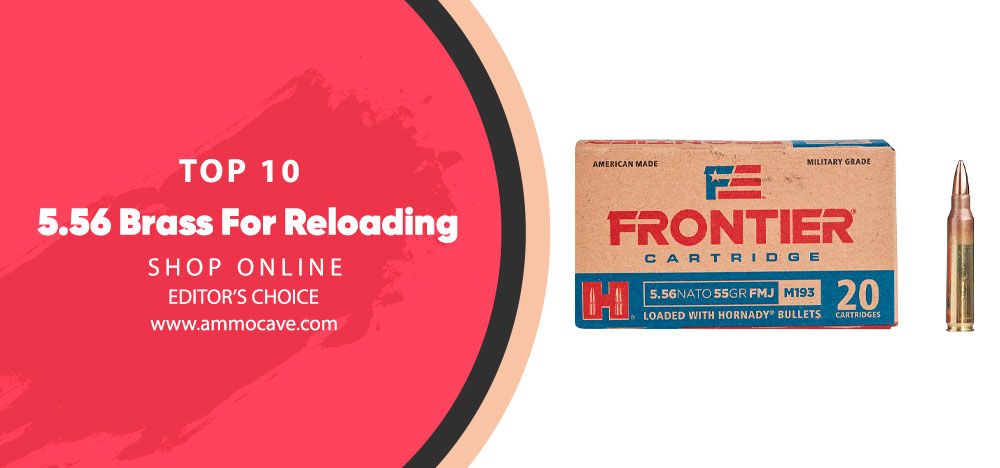
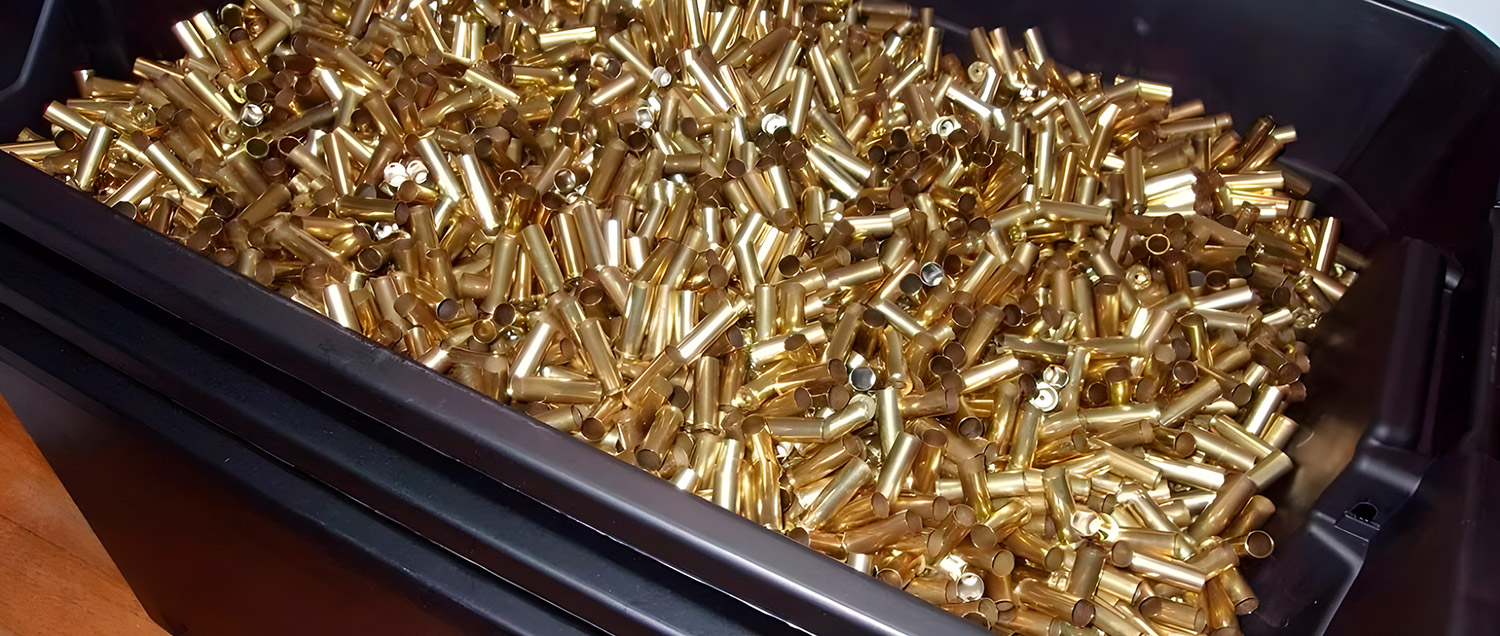
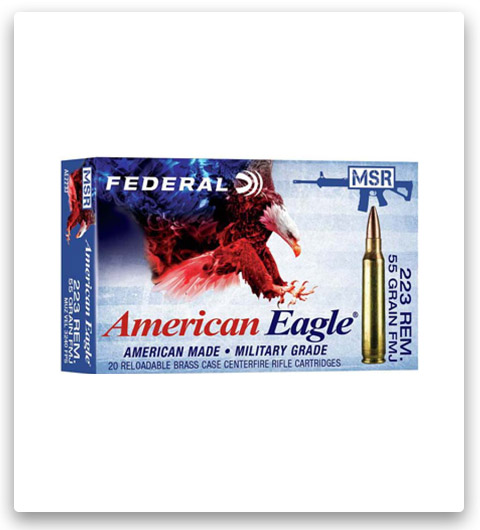
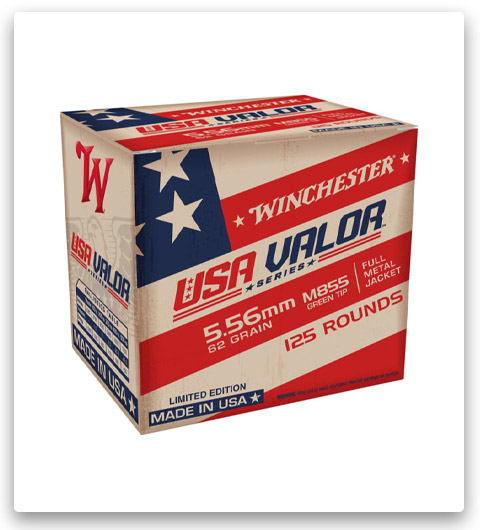

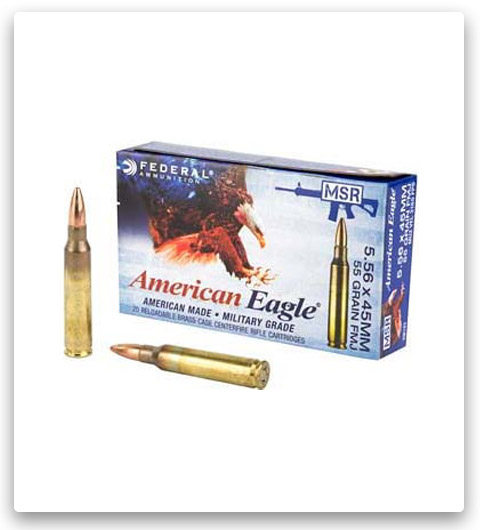
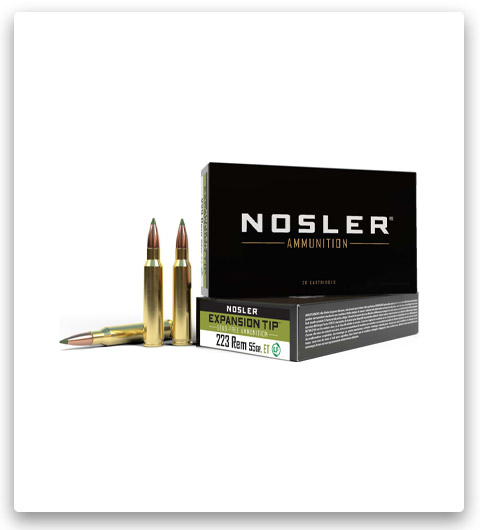

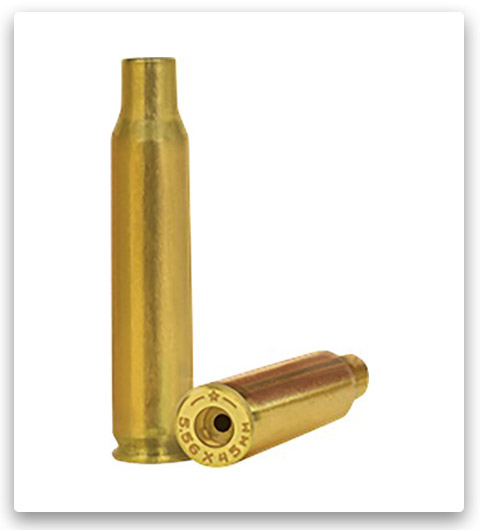

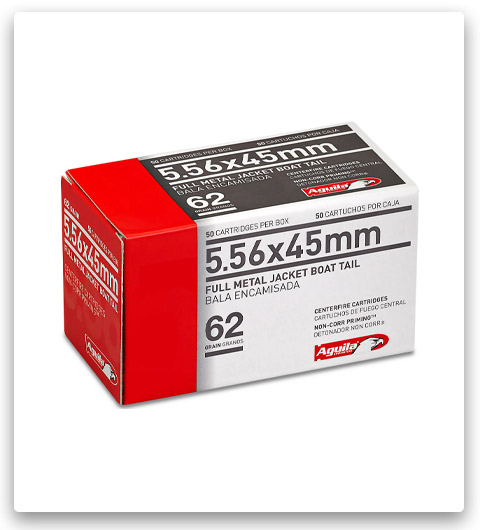
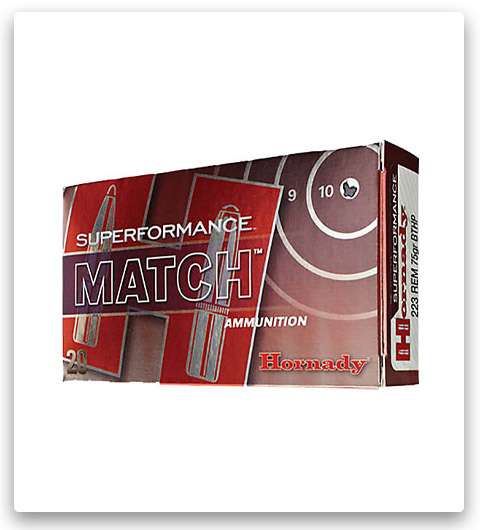
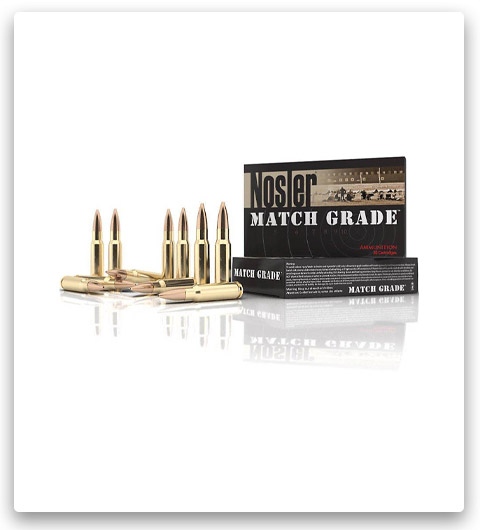
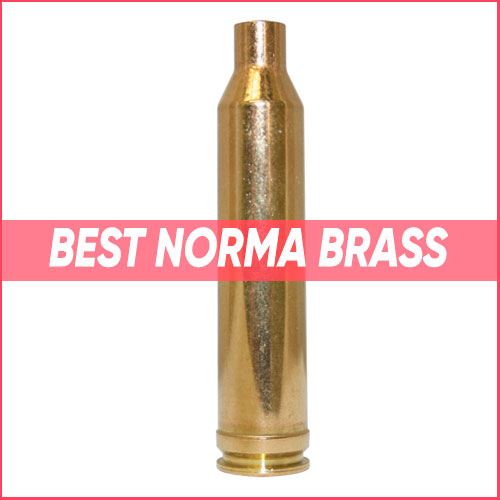
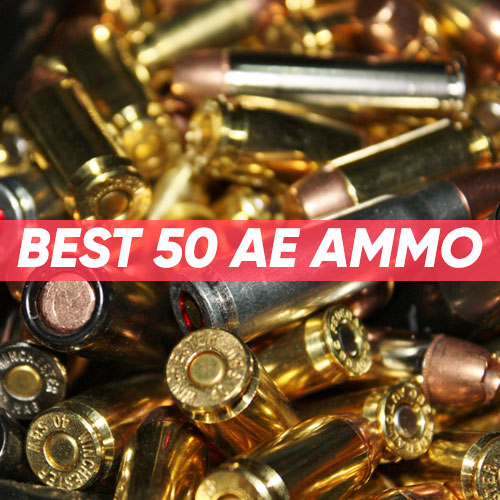
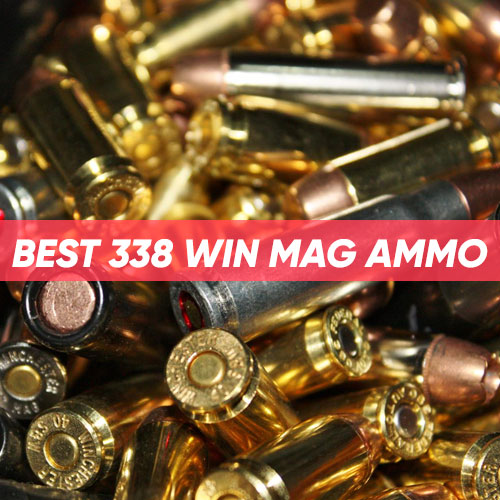
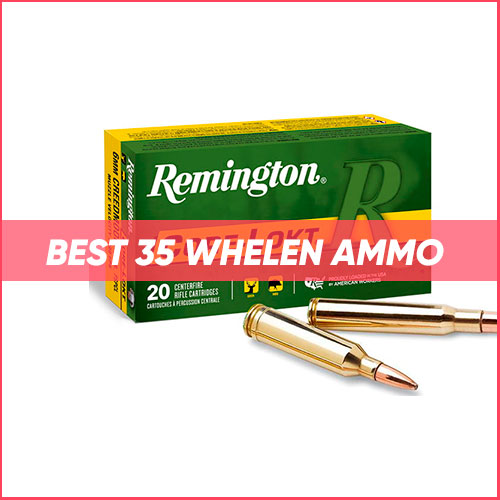



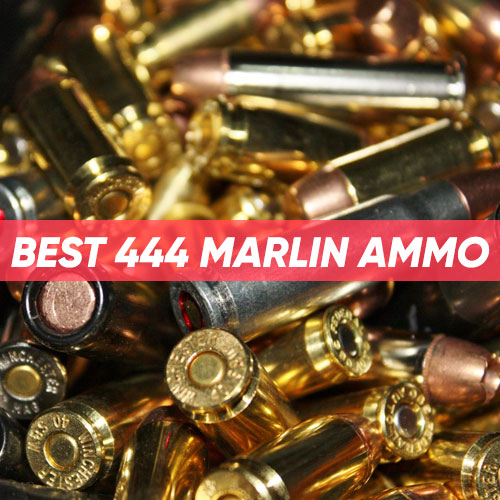
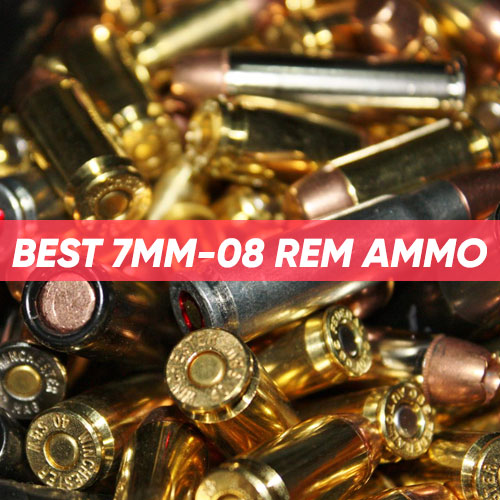
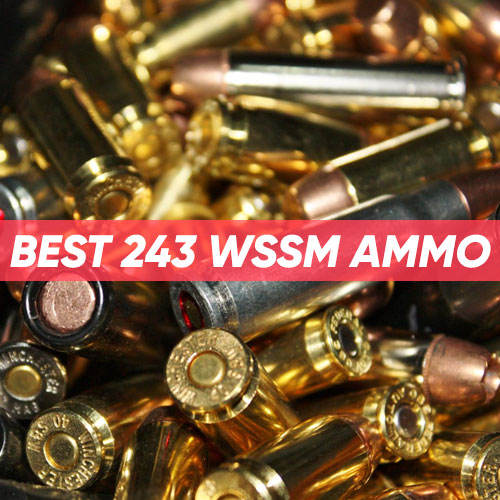
I have experience reloading shotshells but not brass casings. As a former trap shooter, I recall that there was a limit to the number of times a shotshell could be reloaded before the plastic case separated from the brass or the end no longer crimped properly. However, I am not sure if there is a similar limit for brass casings. I am curious to know how many times brass casings can be reloaded.
Reloading your 5.56 brass is an economical and efficient way to keep your ammo supply high. Depending on the quality of the brass, they can often be reloaded several times, providing you with reliable ammunition for countless shooting trips.
Usually, it can last anywhere from 5 to 10 reloads with proper care.
The number of times that brass casings can be reloaded varies and is influenced by several factors such as cartridge type, the quality of brass, and the care taken during the sizing process. In my personal experience, I have reloaded some 556 brass casings up to 12 times, after which I discard them in a designated bin for casings that have reached their limit. The decision to discard casings is usually made when the primer pockets become too loose.
The number of times brass casings can be reloaded largely depends on the caliber of the cartridge. However, it’s important to note that all brass casings eventually become work-hardened. To mitigate this issue, annealing can be done to prolong the casing’s lifespan. Additionally, it’s advisable to only size the casings enough to fit the chamber and ensure that they drop smoothly without any obstructions.
Thank you for all your replies and comments. I understood. Just to check – what is the lifespan of 556 brass?
The lifespan of brass depends on how it is cared for, stored, and/or used.
🟨 Generally speaking, if properly stored away from moisture and other contaminants, 5.56 Brass For Reloading can last indefinitely.
🟥 However, when exposed to high temperatures or extreme pressures – such as those generated by firing rounds – the lifespan can be significantly reduced.
🔔 Proper cleaning and lubrication of your reloaded brass after each use will help maximize its life span. Additionally, an inspection of the casing walls both pre-and post-firing is a must to ensure quality control standards are met with each round you fire!
Hello there! I have a considerable amount of M855 ammunition, and I am planning to start reloading 5.56 soon. Currently, I am only reloading 9mm until I become more comfortable with the process. However, I have noticed that some of the M855 brass casings have small dents on the side, even though they are unfired. I am aware that such dents can impact the internal pressure, so I am wondering if it’s best to discard them altogether. Any insights you can provide would be much appreciated. Thank you!
Dented brass, while not ideal for reloading, may still be used.
🟦 However, it is important to note that the dents can cause irregularities in the overall shape and size of the cartridge, making it difficult to fit into your firearm.
🟦 Additionally, these irregularities can cause pressure fluctuations during firing which can lead to excessive wear on the firearm.
Small dents on M855 brass casings are generally not a cause for concern. However, since military specification ammunition has crimped primers, you will need to swage the primer pockets before reloading.
Minor dents in the body of brass casings are typically not an issue, as long as they don’t impede the chambering or unchambering of the cartridge. Any minor dents can usually be resolved by using a full-length resizing die. Additionally, fresh dents will likely be installed by the deflector during the extraction and ejection of the casing.